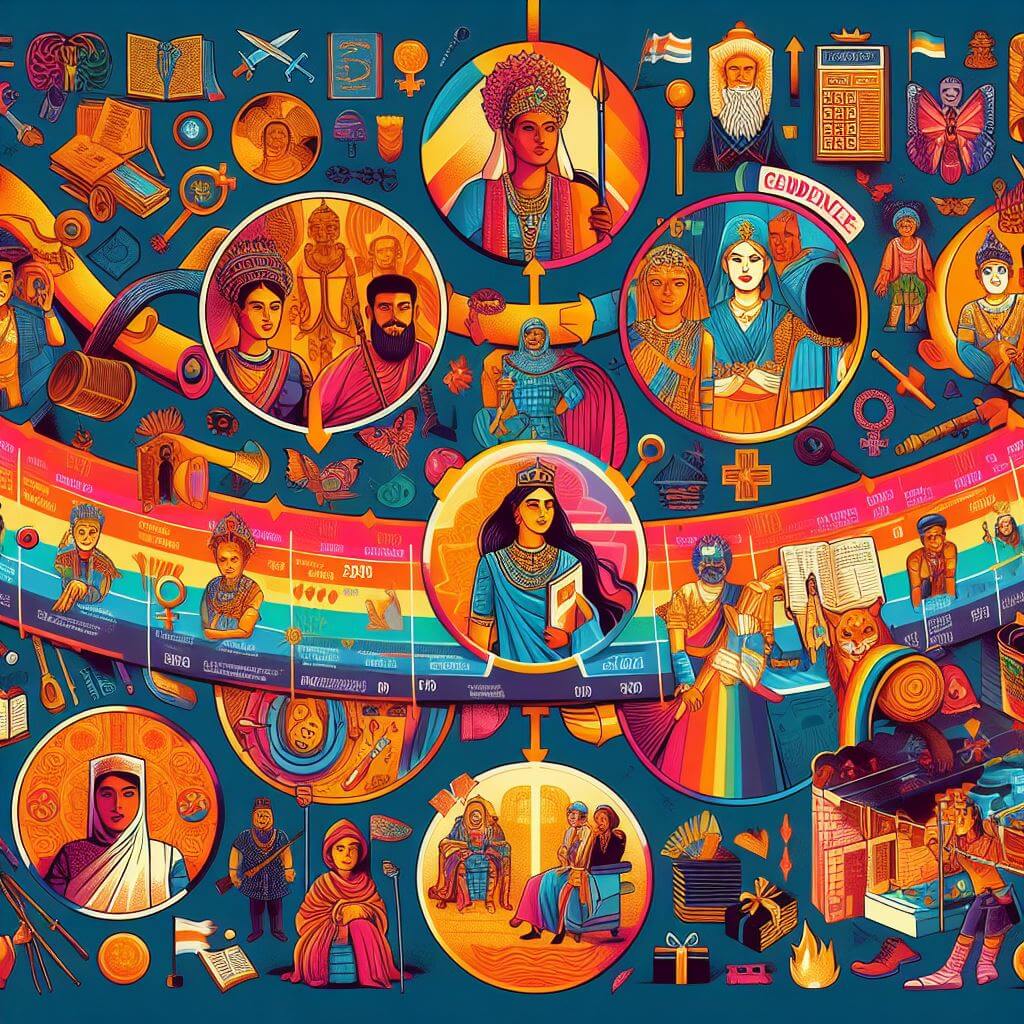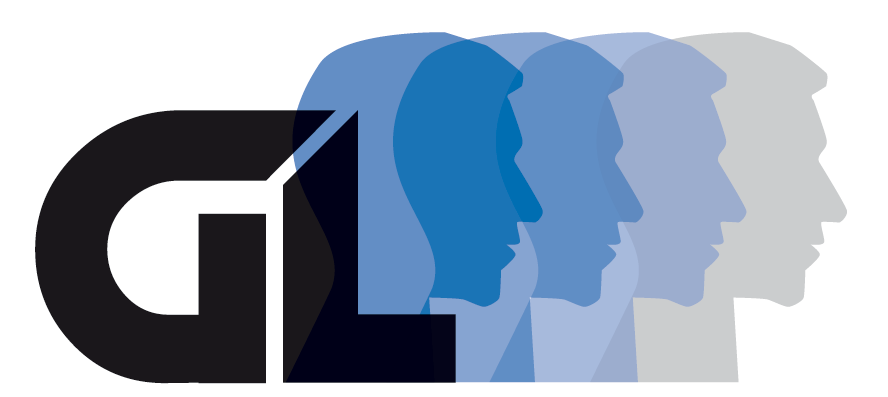Across cultures and civilizations, the concept of a third gender has been present, illustrating a more complete understanding of human identity beyond the male-female binary. This recognition encompasses a spectrum of gender identities that are not strictly limited by conventional definitions of male and female.
Historical Views On The Third Gender
Historically, many societies around the world have recognized third-gender roles, demonstrating a more nuanced understanding of gender identity than the typical binary perspective prevalent in contemporary Western cultures. These roles, often associated with spiritual and cultural significance, ensured that transgender people had a respected place in their communities.
One of the earliest known records of third-gender people comes from the ancient civilizations of Mesopotamia, where priests known as “gala” used female speech patterns and participated in rituals normally reserved for women. These priests played an important role in the religious and cultural life of their societies, often performing duties that were believed to require qualities unique to their gender expression.
 In Native North American cultures, two-spirit individuals often held positions of honor in their tribes. Their ability to understand and express both masculine and feminine qualities allowed them to serve as bridge builders, peacemakers, and mediators. They often assumed the roles of healers, spiritual leaders, and warriors integral to the social and spiritual well-being of their communities. However, the widespread respect and function of Two-Spirit people were significantly disrupted by European colonization, which imposed a stricter gender binary and stigmatized or erased non-binary roles.
In Native North American cultures, two-spirit individuals often held positions of honor in their tribes. Their ability to understand and express both masculine and feminine qualities allowed them to serve as bridge builders, peacemakers, and mediators. They often assumed the roles of healers, spiritual leaders, and warriors integral to the social and spiritual well-being of their communities. However, the widespread respect and function of Two-Spirit people were significantly disrupted by European colonization, which imposed a stricter gender binary and stigmatized or erased non-binary roles.
The Hijra community in South Asia, particularly in India and Pakistan, is another example of a historically recognized third gender. Historical texts from ancient India document the existence of the Hijra as far back as 2,000 years, with mentions in ancient Hindu epics such as the Mahabharata and the Ramayana, indicating their accepted role in society. In these texts, hijras were often given special power and were neither considered male nor female. Sometimes they performed ceremonial roles, performing blessings during religious festivals and important life events such as weddings and births, which continue to this day.
Further east, in Polynesian culture, particularly in Samoa, fa’afafina were an integral part of society. The term translates as “in the manner of a woman” and refers to individuals who are assigned male at birth but embody both male and female roles. Traditionally, fa’afafin held important positions in their communal families and were valued for their unique ability to perform the duties of both men and women, effectively doubling their contribution to the community.
Cultural Perception And Challenges
Acceptance and attitudes towards people of the third gender vary widely around the world, depending on cultural, political, and religious contexts. While some societies have historical roots that recognize such identities, others have only recently begun to recognize their existence legally and socially, resulting in a diversity of experiences for transgender people around the world.
Legal and social recognition of third-gender or non-binary individuals is gradually improving in Western societies. For example, Germany made headlines in 2018 when it became one of the first European countries to allow a third gender option, “divers,” on birth certificates. Similarly, in the United States, states such as Oregon and California pioneered the inclusion of a third gender marker on driver’s licenses and birth certificates. Despite these advances, non-binary and transgender people in Western contexts often face significant barriers, from everyday misgendering and discrimination to more systemic issues such as inadequate health services that do not meet or even recognize their specific needs.
In contrast, in countries with long-standing recognition of a third gender, such as India, legal moves have been significant. In 2014, India’s Supreme Court officially recognized a third gender, giving hijras and other non-binary individuals the right to self-identify as a third gender. Despite this progressive legal recognition, hijras in India often continue to face social ostracism. Limited access to education, employment opportunities, and health care, combined with frequent experiences of violence and discrimination, highlights the complex relationship between legal recognition and actual social recognition.
In many parts of Africa and the Middle East, social norms based on rigid traditional and religious customs create significant challenges for the recognition and acceptance of a third-gender identity. Non-conformity to binary gender norms is often met with hostility and can lead to harsh punishments, including imprisonment, physical violence, and in extreme cases, death. These failures highlight the dangerous consequences of cultural and legal non-recognition.
The complex landscapes in these areas are often exacerbated by the lack of adequate health infrastructure. Transgender people may avoid seeking medical care for fear of discrimination or mistreatment, leading to an increased risk of mental health problems such as depression and anxiety. In addition, nonbinary and transgender people often encounter healthcare providers who are not adequately trained to address their specific healthcare needs, from hormone treatment to mental health support.
Despite these ongoing challenges, there are pockets of progress and resilience. Community groups and activists are constantly advocating for more inclusive laws, policies, and societal attitudes. Social media and the Internet have also become powerful tools for raising awareness and developing communities that transcend geographic boundaries, offering support and information previously unavailable.
The future of third-gender recognition looks promising but requires continued efforts in advocacy and education. Increased media visibility, progressive legislation, and growing awareness and acceptance of diverse gender identities are creating a more inclusive world.
Educational initiatives that embrace the traditions and realities of the third gender in school curricula can promote early understanding and respect among younger generations. Healthcare systems are also beginning to recognize and adapt to the specific needs of transgender people, although much remains to be covered.
External support from the transgender community plays a crucial role in political and social change. Allies can help by amplifying gender voices, advocating for inclusive policies, and challenging discriminatory practices in personal and professional lives.
